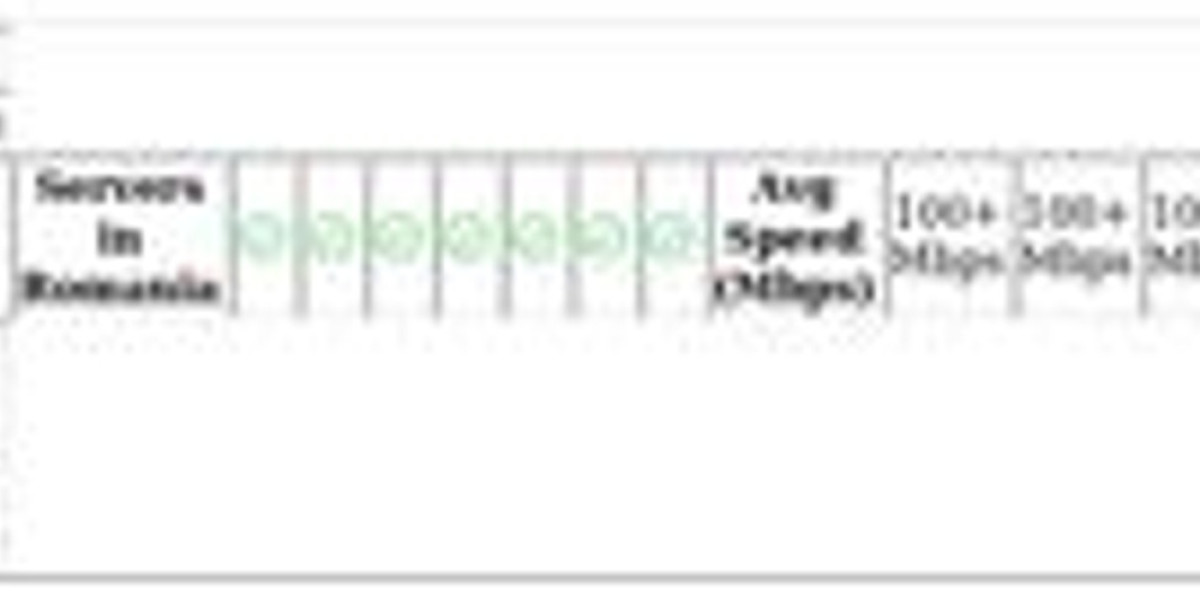In an era defined by information saturation, the 24-hour news cycle delivers a relentless torrent of headlines, alerts, and updates. We are informed of events instantly, yet true understanding often feels more elusive than ever. Knowing what happened is only the first, most superficial layer of comprehension. The crucial next step, the one that empowers citizens and enriches public discourse, is understanding the why and the so what. This is the domain of deep current affairs analysis, a discipline that moves beyond the basic reporting of events to explore their context, their interconnectedness, and their long-term implications. For any platform aspiring to be more than a news aggregator, providing robust analysis is what builds authority and trust with an audience. A discerning Digital News Hub recognizes that its value lies not just in the speed of its reporting, but in the depth of its insight. This article delves into the critical importance of analytical journalism, outlining its core components and explaining why it is an indispensable antidote to the shallow consumption of news.
The Information Glut and the Comprehension Deficit
The digital age has democratized access to information, but it has also created a phenomenon of "headline skimming." Social media feeds and notification bars present fragmented pieces of events, often stripped of context and packaged for maximum engagement rather than clarity. This environment can lead to a false sense of being informed. A person may know that a trade agreement was signed, a protest erupted, or a new policy was announced, but without understanding the historical grievances, the economic pressures, or the political machinations that led to that moment, their grasp of the situation is incomplete. This comprehension deficit fuels polarization, as complex issues are reduced to simplistic, often partisan, soundbites. Deep analysis serves as the corrective lens, bringing the blurred background into sharp focus and allowing for a nuanced interpretation of the world.
The Pillars of Effective Analysis: Moving from 'What' to 'Why'
So, what distinguishes a mere news report from a penetrating analysis? Several key elements work in concert to provide a deeper understanding.
Historical Context: No significant event occurs in a vacuum. A skilled analysis roots the present in the past. For example, covering tensions in the South China Sea is incomplete without referencing decades of territorial disputes, international law of the sea, and the shifting balance of power in the Asia-Pacific region. History provides the roadmap to the present.
Identification of Root Causes: While a news report might state that a nation is experiencing hyperinflation, an analysis will delve into the causative factors: perhaps years of fiscal mismanagement, the impact of sanctions, a collapse in production, or a combination thereof. It seeks to explain the underlying mechanics of an event, not just its symptoms.
Stakeholder Mapping: Every significant event involves multiple actors with different, often competing, interests. A thorough analysis identifies these stakeholders—governments, corporations, lobbying groups, civilian populations—and examines their respective goals, leverage, and potential reactions. This reveals the complex chessboard on which events unfold.
Exploration of Consequences and Implications: This is the forward-looking component of analysis. It asks, "What happens next?" and "What does this mean for the future?" An analysis of a breakthrough in artificial intelligence, for instance, would explore its potential impact on labor markets, ethical frameworks, and global security, looking beyond the immediate announcement to its second- and third-order effects.
The Analyst's Toolkit: A Methodical Approach
Producing high-quality analysis is not a mystical art; it is a disciplined process. Analysts and journalists employ a specific toolkit to deconstruct complexity.
The "Five Whys" Technique: Borrowed from root cause analysis in business, this method involves iteratively asking "why" to peel back the layers of an event. Why did the factory close? Because it was no longer profitable. Why? Because production costs soared. Why? Because energy prices increased dramatically. Why? Because of a geopolitical conflict disrupting supply. This simple but powerful technique forces the investigation beyond the proximate cause.
Multi-Disciplinary Lenses: The most robust analyses draw from various fields of study. Understanding a refugee crisis, for example, requires insights from political science (the failure of governance), economics (resource scarcity), sociology (community displacement), and environmental science (if driven by climate change). This holistic view prevents a one-dimensional interpretation.
Rigorous Source Evaluation and Synthesis: Analysis is built on a foundation of credible information. This involves consulting a wide range of primary sources (official documents, data sets) and secondary sources (expert commentary, academic research), then synthesizing them to form a coherent and evidence-based narrative. It requires actively seeking out dissenting viewpoints to test the strength of one's own conclusions. A sophisticated Current Affairs Analysis deliberately avoids echo chambers by engaging with a spectrum of credible perspectives, ensuring the final work is balanced and well-reasoned.
Why It Matters: The Civic Value of Analytical Journalism
The effort required to produce and consume deep analysis is significant, but its value to a functioning society is immeasurable. It is the bedrock of an informed citizenry. When people understand the root causes of climate change, the complexities of international diplomacy, or the long-term consequences of economic policy, they are better equipped to participate meaningfully in democratic processes, from voting to public debate. Analytical journalism holds power to account not just by revealing misdeeds, but by explaining the systems and incentives that allow those misdeeds to occur. It fosters critical thinking, challenging readers to question their assumptions and see the world through a more nuanced lens. In a landscape cluttered with misinformation and sensationalism, deep, thoughtful analysis is a beacon of clarity and intelligence. It transforms passive consumers of information into active, engaged, and knowledgeable citizens, capable of navigating the complexities of the modern world with discernment and insight.








